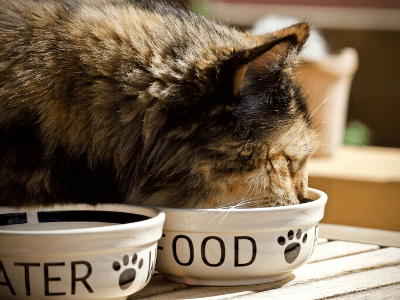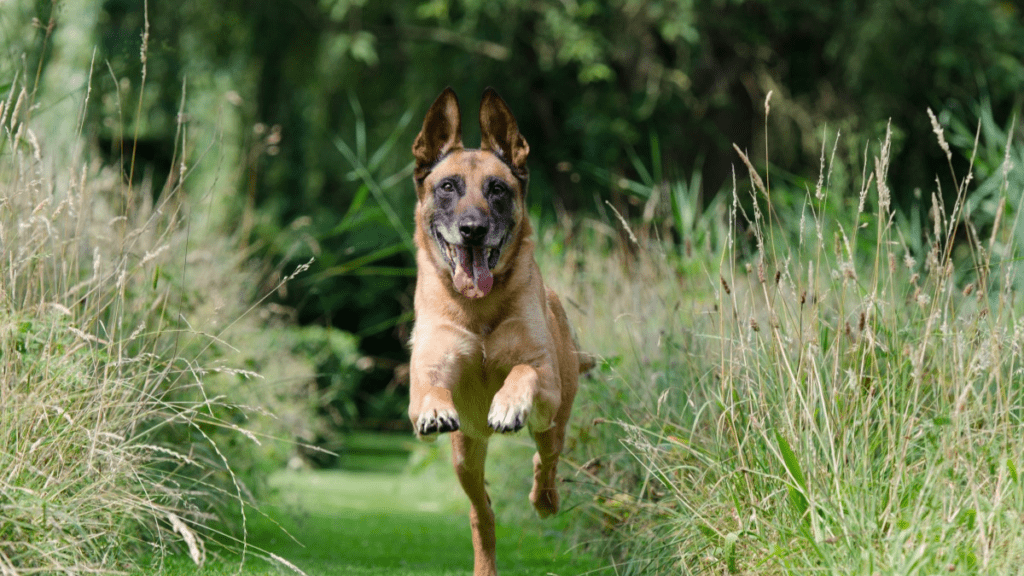Time to celebrate! It’s National Pet Week! 🐶🐱🐾
We know, we know… there’s a holiday for everything these days. But in our humble (and slightly biased) opinions, our pets deserve to be celebrated every day!
National Pet Week was started by the American Veterinary Medical Association in 1981 as a means to celebrate our wonderful pets and promote responsible pet care. The veterinary community is constantly working to ensure that pet owners have access to everything they need to give their pets long, happy and healthy lives. National Pet Week is one way that veterinary providers can support owners and spread important information about animal care. Each day this week we’ll tackle a topic that’s essential to pet ownership.
Today’s theme: Nutrition and Exercise!
We know, we know… there’s a holiday for everything these days. But in our humble (and slightly biased) opinions, our pets deserve to be celebrated every day!
National Pet Week was started by the American Veterinary Medical Association in 1981 as a means to celebrate our wonderful pets and promote responsible pet care. The veterinary community is constantly working to ensure that pet owners have access to everything they need to give their pets long, happy and healthy lives. National Pet Week is one way that veterinary providers can support owners and spread important information about animal care. Each day this week we’ll tackle a topic that’s essential to pet ownership.
Today’s theme: Nutrition and Exercise!
EXERCISE
We’ve mentioned a few times already that too many dogs and cats in our country are overweight or obese. Exercising your pet — whether that be through daily walks, playing with toys, or other fun activities — is beneficial for more reasons than just controlling weight; it provides mental stimulation for your pet, preserves muscle tone and joint performance, promotes cardiovascular and mental health, and strengthens the bond between you and your pet.
Consider developing an exercise program for you and your dog or cat. If your pet is not used to daily sessions of activity, start out with small, frequent sessions. As the two of you adjust to changes in your activity levels, begin to increase the length of your “workout” sessions and reduce their frequency. Remember, rest periods are important to prevent dehydration, avoid overworking joints and muscles, and allow for body recovery.
Here are some tips for walking with your pets:
Consider developing an exercise program for you and your dog or cat. If your pet is not used to daily sessions of activity, start out with small, frequent sessions. As the two of you adjust to changes in your activity levels, begin to increase the length of your “workout” sessions and reduce their frequency. Remember, rest periods are important to prevent dehydration, avoid overworking joints and muscles, and allow for body recovery.
Here are some tips for walking with your pets:
- If your pet is older and suffers from arthritis and/or joint pain, make sure to not overdo it. Shorter walks mixed with some sessions of “catch” or other fun activities will help keep your senior pet active without putting too much stress on their joints.
- If your pet just wants to turn around and head for home every time you try to walk, try driving to an unfamiliar area that you’ve never explored.
- Avoid walking during the hottest part of the day during the summer. Make sure to monitor your pet for any signs of heat stress or dehydration. Try to keep off of hot surfaces like pavement and asphalt to avoid burning your pet’s paws (if it’s too hot for you to be barefoot, it’s too hot for your pet to walk on).
- Avoid walking in frigid/icy conditions in the winter. Not all pets are equipped to handle cold conditions, and even large furry breeds like huskies can develop sores on their paw pads from cold weather. Make sure to monitor your pet for signs of frostbite and hypothermia.
- Remember that walks also provide mental stimulation for your pet, so give your pet time to sniff things occasionally as you walk.
- If your pet seems to tire quickly or experience difficulties breathing while exercising, make sure to consult with your veterinarian.
NUTRITION
Exercise isn’t the only component of a healthy lifestyle. Proper nutrition is the foundation for overall pet wellness. The first thing to consider is that your pet’s weight isn’t the only factor for determining health. Body composition and condition also play a role, and this is something your veterinarian assesses with every physical exam. That being said, a pet who is overweight is more likely to experience numerous other health conditions, such as diabetes, high blood pressure, arthritis, and even cancer.
Feeding your pet a wholesome diet and nutritious treats will help your pet maintain a healthy body weight and promote overall wellness. If you have questions about how much to feed your pet or what type of food is best, consult with your veterinarian. If you think your pet needs to lose or gain weight, always discuss feeding programs with your vet before making any changes to the diet. Keeping your dog or cat healthy is often a family commitment that requires the support of all household members. Make sure everyone in your home understands your veterinarian’s recommendations and is committed to applying them to your pet’s daily feeding regimen.
Here are some tips for improving your pet’s nutrition:
Feeding your pet a wholesome diet and nutritious treats will help your pet maintain a healthy body weight and promote overall wellness. If you have questions about how much to feed your pet or what type of food is best, consult with your veterinarian. If you think your pet needs to lose or gain weight, always discuss feeding programs with your vet before making any changes to the diet. Keeping your dog or cat healthy is often a family commitment that requires the support of all household members. Make sure everyone in your home understands your veterinarian’s recommendations and is committed to applying them to your pet’s daily feeding regimen.
Here are some tips for improving your pet’s nutrition:
- Avoid giving your pet any table scraps or high-calorie treats. Begging and cute puppy dog eyes are hard to resist — don’t give in! Remind yourself that you have your pet’s best interests in mind.
- For pets that quickly gulp down all of their food and then beg for more, special bowls and food puzzles may be helpful to slow down their eating.
- If you are able, give your pet smaller, more frequent meals. This will help to curb their cravings throughout the day while still keeping your pet’s intake within healthy, recommended amounts.
- The food that you select for your pets is vital to their overall health! Choose a balanced diet with high-quality, nutritious ingredients. Your veterinarian should be able to offer some recommendations.
- More ingredients are not necessarily better. Many pet diets are thought to be “healthier” just because they contain pumpkin, oats, blueberries, flax seeds, or other all-natural ingredients. Oftentimes simpler diets with fewer ingredients are actually more beneficial. Again, consult with your vet about the best diet options for your pet.
- Don’t just go by the recommended feeding amounts on the food label! Your veterinarian can calculate how many calories your pets need to either gain, lose or maintain their current weight and then give you specific feeding instructions based on your pet’s food.
Looking for more information? Check out these blog posts:
Pet obesity: “Fido Says: I’m not fat, I’m fluffy!”
Mental Stimulation: “Do your pets seem bored?”
Dog Parks: “Dog Park Safety & Etiquette”







